One of the biggest disruptions facing the interior design industry is e-Design. As we start another year of uncertainty more and more people are choosing to deliver interior design services via digital means. But is this a good thing? Where are the opportunities for new designers? What are the pitfalls for an established practice? Here, we take you through the basics of e-design in interior design and what it could mean for you and your career.
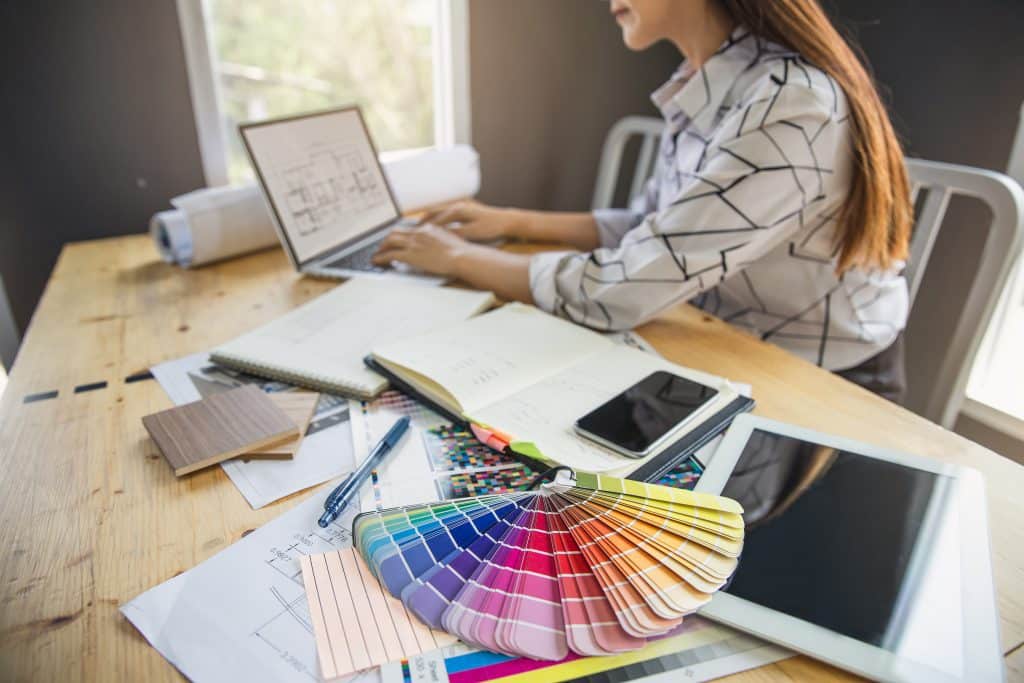
Disruption in Interior Design
If there’s one key phrase which could sum up the world in the last 2 years, it would probably be ‘disruption’. Thanks to the pandemic, our daily lives have been disrupted beyond recognition. But the term disruption can also be applied to something which changes the way that consumers, businesses and entire industries operate. Covid-19 has created a boom in disruptive businesses. Disruptive technologies and businesses replace things we’d previously taken for granted, often to the point where we wonder why we ever did things in a certain way. Think Zoom, Microsoft Teams, Duolingo – all of which have thrived during the pandemic. Online has replaced physical, even in industries which rely on a personal service and connection. Interior design is no exception.
We’ve learnt over the last 18 months that the world can’t simply stop so we need to find new ways to carry on with our lives. e-Design has been interior design’s answer to the pandemic and e-design businesses are popping up everywhere. For some this has been a natural transition. For others, even the concept is a struggle. We asked tutor and interior designer Stephen Matthewman-Knowles to break down the basics.
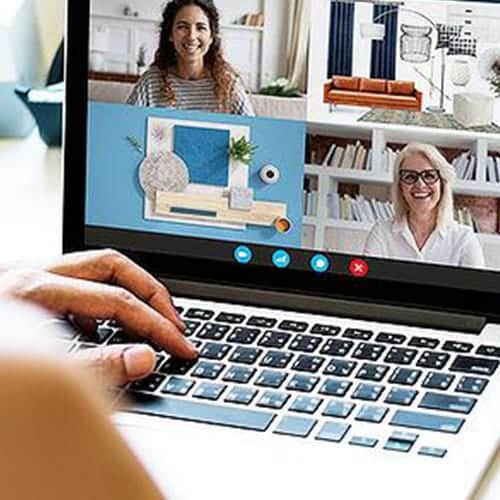
What is E-design?
E-design is essentially interior design gone digital. From client meetings and consultations to site surveys and sourcing, interior design has moved online. E-design services make interior design more accessible as designers can now work with clients from anywhere. It also makes interior design services cheaper for clients as most e-designers can afford to offer more basic services to those just wanting to dip their toe in the water.
Even the most technophobic amongst us have had to get to grips with the more virtual world created by the pandemic, so e-design services are a natural progression for most designers and clients.
E-design allows a client more flexibility to choose how far they go and how much they pay for. It can be the ideal solution for someone exploring the services of an interior designer for the first time. In most cases clients will be prepared to source products and carry out the physical aspects of their project so e-design can be more about the creative process. For many interior designers this is the best part of the job.
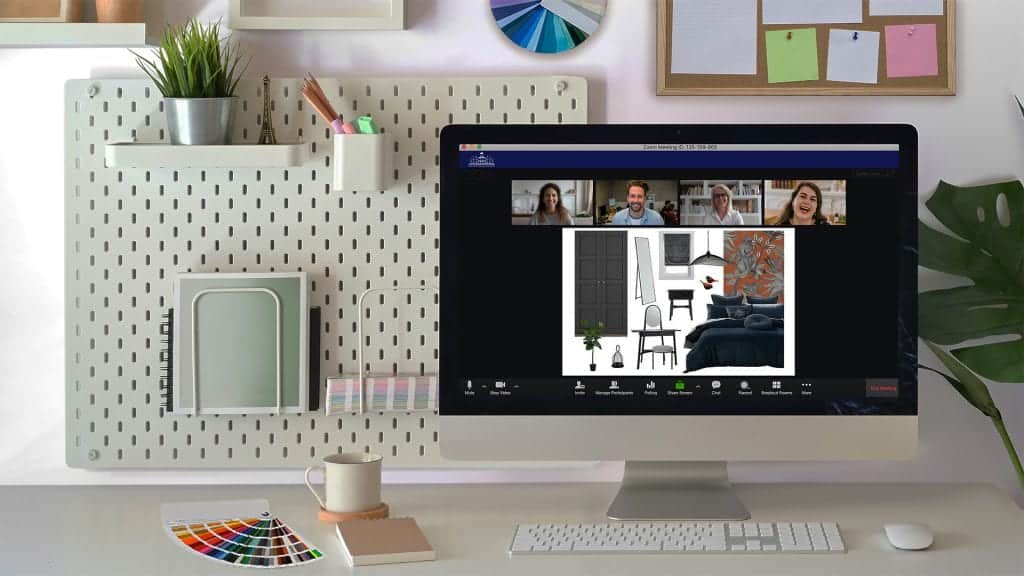
What are the benefits of e-design for the designer?
An e-design service offers a more casual introduction to interior design. It’s somewhat of a softer offer, compared to the conventional turnkey services offered by most interior design studios. E-design also provides a more affordable option for those clients who want a more hand’s off approach. Something that will provide them with guidance and ideas for a simple project for their home or a starting point for a larger renovation.
E-design services are also less labour intensive for the designer. No site visits, no supplier meetings. While the main content is still provided by the designer, once completed and sent to the client, it becomes their responsibly to see it through to completion. This is a method that people are becoming more comfortable with.
There are many benefits for designers wanting to offer this type of service to potential clients. Given that it is largely conducted online, designers can work from anywhere and at any time, making it much easier to find a work/life balance. Time saved travelling to meetings means designers can fit in more projects too.
Employing an interior designer has often been seen as an expensive luxury for residential homeowners but e-design makes the industry much more accessible. For the client, e-design services are a great way to employ the talents of an expert designer for elements of a specific project without having to commit to a full service. Highstreet e-design offerings such as John Lewis’ Home Design Service emerged just before the first lockdown and opened up new doors for people looking for home décor advice. Now, even the most established interior design studios are offering by-the-hour consultations and virtual appointments.
Making interior design services more accessible and affordable means more work for interior designers. The smaller project scale also means that less experienced designers can cut their teeth in e-design without being out of their depth.
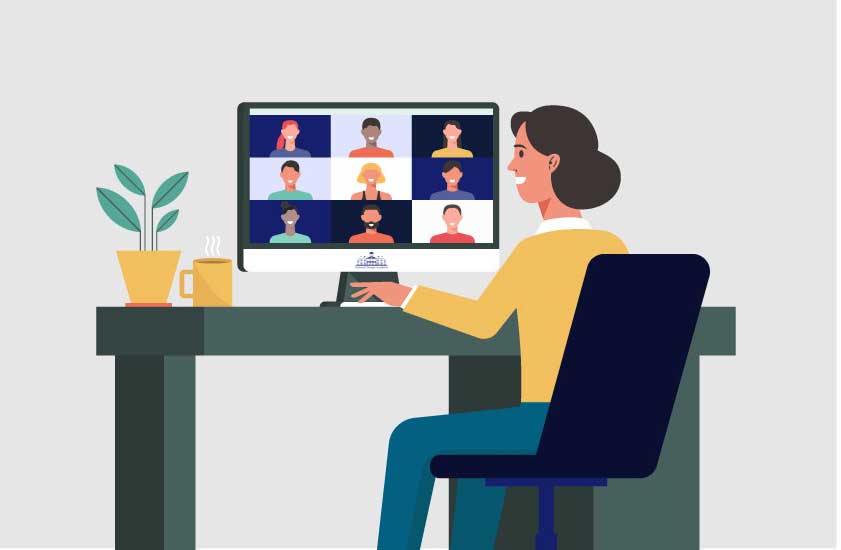
How do e-design services work?
This depends on the designer and the client. Many designers will often start with a questionnaire to gather all relevant information for the project, allowing them to understand the main requirements for the space. Some may start with a video call so that they can see the space and get a better feel for the client. The first consultation may be as far as things go so some designers also charge even for the first virtual meeting, especially if it’s an established design studio.
Once the e-design brief has been understood, a detailed package will be created, containing a room plan, concept board, a product specification and maybe a visual of how the space will look. After the client has received this, it is up to them how they wish to continue. Many will be happy to use the information as guidance to shop the look for themselves. Others may decide they want or need a little more help with the execution.
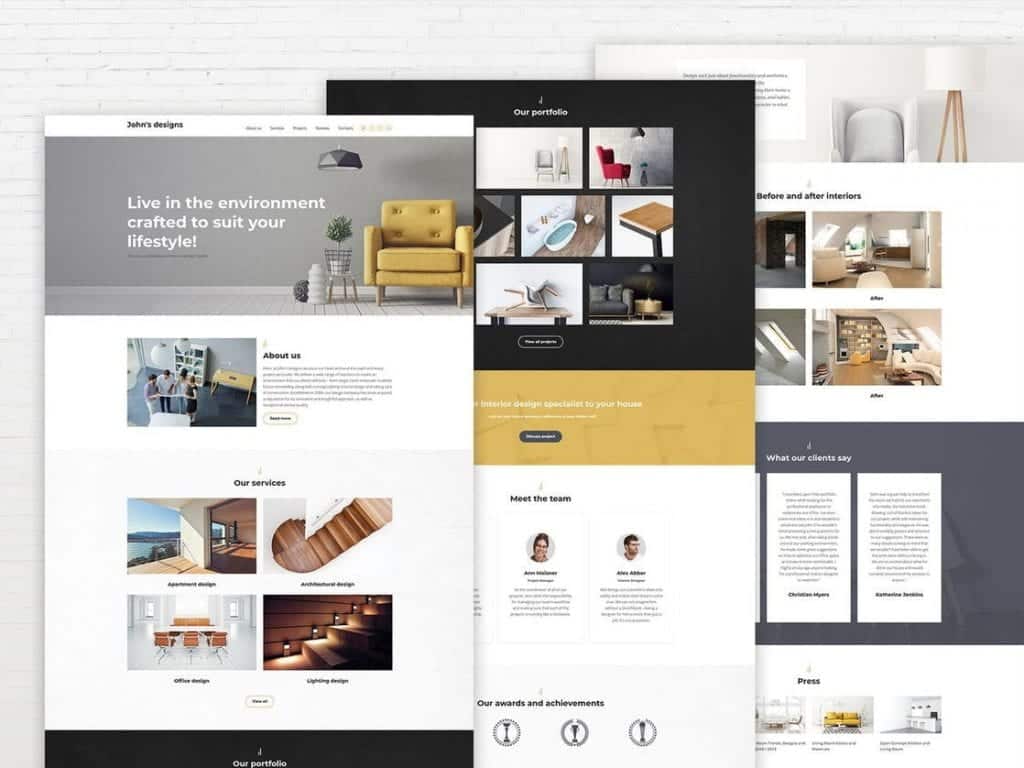
Tips for Setting Up an E-Design Business
Work Out An Hourly Rate
E-design is a consultative service. Where most design
studios will charge depending on the scale of the project and come up with
bespoke pricing, e-designers will often charge by the hour or build packages
for clients to choose from. Working out your hourly rate will help you to set
your pricing before you start out. If you’ve studied on the NDA Professional
Interior Design Diploma or BA (Hons) Interior Design degree, you’ll already
have an idea as to how long it takes you to come up with an initial concept and
built a concept board. Work out what you need to earn per month and divide this
by how many schemes or packages you think you can develop in that time. That
will at least give you a starting point.
Also, do your market research. Many e-designers are very open
about their costs on their websites as this helps clients to make a faster
decision. Consider your experience level though and be realistic!
Digital Presence
If you’re offering e-design services make sure your digital identity is up-to-scratch. A simple and clear website with examples of your work is a prerequisite but your social media profiles are also important as this will give clients a reference point for your style and past projects. Social media is also a great way to advertise your services to clients. You can find out more about creating a website or online portfolio here in our blog.
Offer Optional Extras
Where the designer can assist the client further is through offering a furniture, fixtures and equipment (FF&E) service. Depending on the client’s budget, this can save them hours as the designer can provide all the items listed in the product specification and have it delivered through the client.
This offers the designer an additional income source without too much more work, utilising well sourced trade accounts to complete the look for the client. This results in the client receiving exactly what was shown to them in the original design and comes closer to the traditional interior design service clients used to expect.
Get Your Skills Up to Date
To run a successful e-design business you’ll need the following:
- Communication and research skills – you’ll need to be able to get the best brief you can from a client without ever seeing the space.
- Digital design skills – all work submitted will be in digital form so you’ll at least be able to create digital concept boards.
- Digital literacy – You’ll need to be comfortable dealing with people virtually via video messaging and other digital means such as WhatsApp, Instagram and Facebook messenger and email.
- A good all-round interior design skillset and ideally qualification.
If you’ve already studied an entry-level qualification like our Professional Interior Design Diploma the it would be logical to advance your skills to be able to deal with larger or more complex projects. The great thing about e-design businesses is that they are run from home. This means that you can fit other things like training courses in around your day job. For instance, if you feel like your digital presentation or rendering skills could do with a refresh, our Interior Design Software short course is taught via Zoom.
Our specialist degree courses can also help you to offer a more bespoke or specialist service. We offer degrees in Interior Design, Retail Design, Heritage Design and Design for Outdoor Living which call all be studied online, part-time.
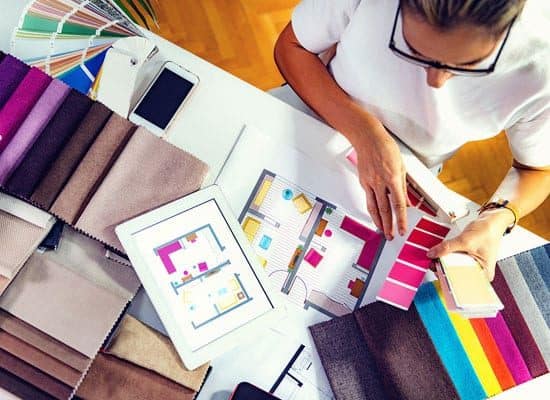
The Rise of the E-Designer
Disruptive innovations change things forever. E-design is no different and interior designers need to make e-design services part of their offering or risk falling behind their competitors. Even if you’d rather deal with clients face to face, it’s sensible to offer a blended option of both e-design and traditional hands-on services.
E-Design services have many benefits for both the client and the designer. More flexibility, more business, less time spent travelling and more variety. Making interior design services more accessible opens the market to new designers too. Most e-design projects will be simple residential briefs or conceptual smaller commercial projects.
Covid-19 shows no sign of disappearing and the pandemic has taught us a lot about developing meaningful relationships via digital means. Whether we like it or not, E-design services are here to stay so we need to embrace them or run the risk of being obsolete.
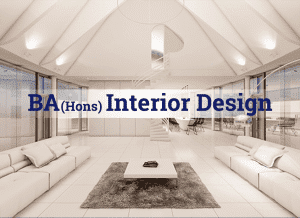





2 responses
One of the most accurate and brilliant posts ever!
This post just talked to my mind and how it proved me right in doing my business after leaving my office to cut out expenses. Am I still doing great profit. Today’s client behavior is changed. They need fast results and easy access to their projects, rather wasting their time visiting offices each time to see progress within the design work process.